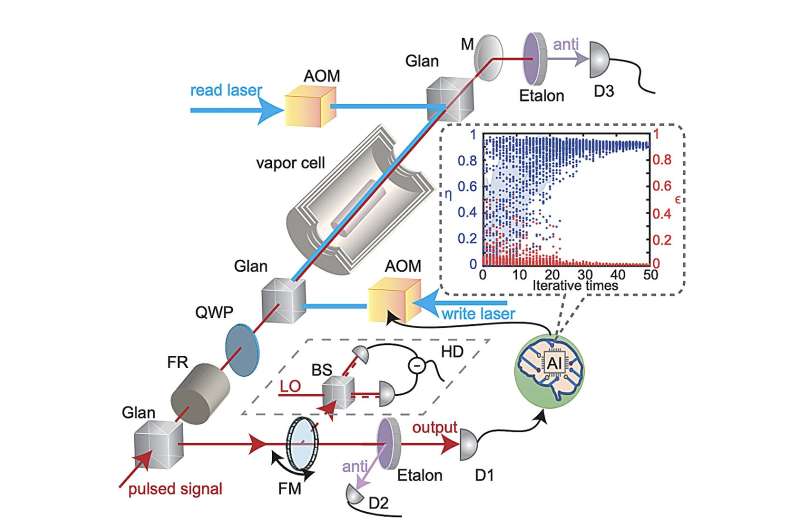Recent research underscores the critical role that transparent layoffs play in expediting job searches. A study conducted by Aof involving over 1,000 full-time U.S. workers revealed that employees who experienced clear communication during layoffs were nearly twice as likely to secure new employment within a month compared to those who felt blindsided by the process. This finding highlights how effective communication can significantly influence the speed and success of job transitions.
The study emphasizes that transparency during layoffs extends beyond facilitating quicker job searches; it also enhances confidence and motivation among affected employees. When individuals understand the reasons behind their layoffs, they are more likely to be proactive in updating resumes and reaching out to professional contacts. This proactive approach transforms the initial shock of job loss into actionable steps towards securing new opportunities.
For many workers, understanding the business rationale for layoffs helps them craft a compelling narrative about their experiences. Those who can articulate their situation without defensiveness are better positioned to showcase their skills and achievements to prospective employers. In the survey, 44% of employees described their company’s layoff messaging as empathetic, while only 28% reported it as fully transparent. This disparity underscores the importance of clarity; empathy without transparency leaves employees uncertain and anxious.
Unclear communication can hinder job seekers, leaving them confused about their next steps and potential benefits. Conversely, transparent communication equips individuals with the necessary information to act swiftly. When employees know their severance details and available support, they can concentrate on networking and applying for jobs rather than waiting for clarifications. Research from Careerminds shows that nearly 40% of workers who felt information was communicated fairly found new employment within a month. In contrast, only 22% of those who perceived poor communication managed to do the same, with more than one in five remaining unemployed after six months.
The way companies communicate layoffs also impacts employees’ willingness to maintain professional connections. More than half of the workers who reported inadequate communication stated they lost trust in their leadership. In contrast, those who experienced a transparent process often continued to engage with former colleagues and managers, which can be crucial for job referrals. Referrals remain one of the fastest ways to secure employment, and a respectful separation can foster a supportive network.
Transparent layoffs allow employees to exit with dignity. When individuals feel respected and informed, they are less likely to voice frustration online or during interviews—a restraint that hiring managers often notice. Professional behavior in challenging circumstances signals emotional intelligence and resilience, both of which are highly valued by employers. Clear communication helps individuals maintain their composure and demonstrates their ability to navigate change effectively.
For organizational leaders, ensuring transparency during layoffs goes beyond showing empathy; it builds trust that enhances overall outcomes. Regular and consistent communication mitigates confusion, protects the employer’s brand, and sustains productivity among remaining employees. When staff members trust their leadership, they are more inclined to reapply, refer others, or speak positively about the company. Research indicates that companies that manage layoffs transparently often experience long-term benefits, including former employees acting as brand ambassadors.
To achieve effective communication during layoffs, it is essential for senior leadership, human resources, and communications teams to collaborate before any announcements. Consistent messaging is crucial to alleviate fear and uncertainty among employees. Providing managers with talking points, FAQs, and training ensures they deliver the news empathetically and confidently. Leaders should explain the business reasons behind decisions while acknowledging the human impact, avoiding vague corporate jargon to build credibility.
Following the initial announcement, it is vital to check in with both departing and remaining employees to address questions, clarify next steps, and provide ongoing updates. Offering laid-off workers access to outplacement services, resume assistance, or networking opportunities demonstrates a company’s commitment to its employees beyond their tenure. For those who remain, creating an environment for discussing changes and resetting priorities is essential.
While layoffs are inherently challenging, transparent communication can transform the experience for both employees and employers. For individuals, clarity helps convert uncertainty into actionable steps, while for organizations, it fosters trust that extends beyond the immediate crisis. In a world characterized by constant change, clear communication remains a powerful tool to facilitate progress and recovery.







